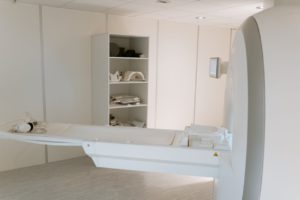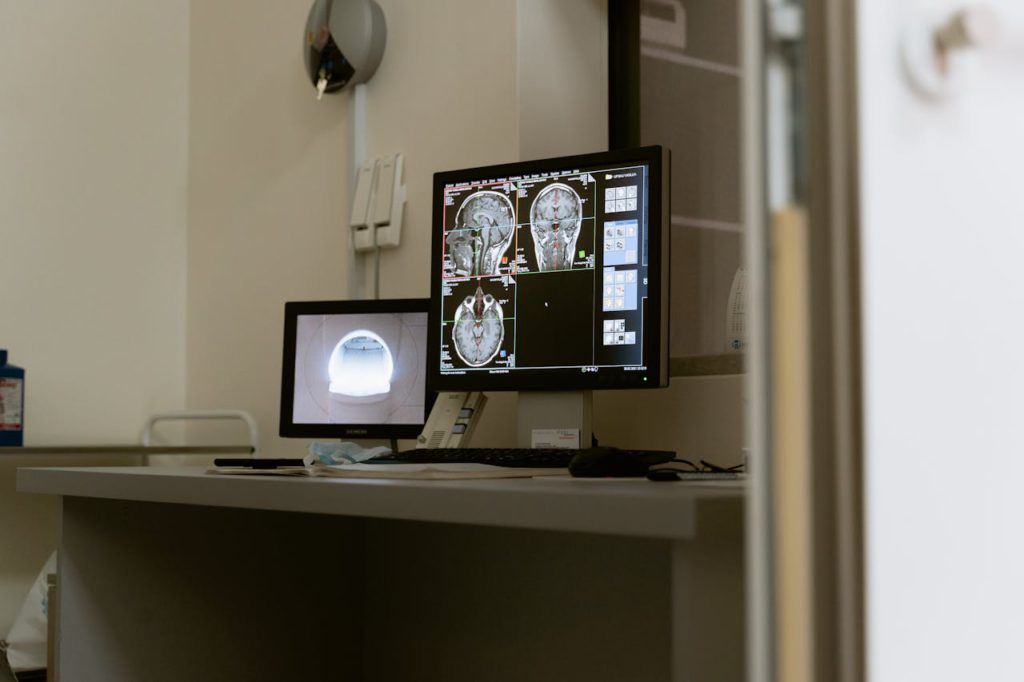Medical imaging has revolutionized healthcare, providing clinicians with invaluable insights into the human body’s inner workings. Within radiology clinics, these technologies have undergone a remarkable evolution, transforming how diseases are diagnosed, treated, and monitored. From the early days of simple X-rays to the cutting-edge advancements in magnetic resonance imaging (MRI) and computed tomography (CT), medical imaging continues to push the boundaries of what’s possible in healthcare.
At the heart of every radiology clinic lies a suite of sophisticated imaging technologies designed to capture detailed images of the body’s anatomy and physiology. X-ray imaging, the oldest and most widely used form of medical imaging, remains a staple in radiology clinics. It provides quick and efficient visualization of bone structures and detects abnormalities such as fractures or tumours. However, the true breadth of medical imaging extends far beyond conventional X-rays.
Computed tomography (CT) has emerged as a powerful tool in radiology. It offers three-dimensional images of the body’s internal structures with unprecedented clarity and precision. By combining X-ray images taken from multiple angles, CT scanners generate cross-sectional images that enable clinicians to visualize organs, tissues, and blood vessels in exquisite detail. This level of detail is invaluable in diagnosing conditions ranging from strokes and heart disease to cancer and traumatic injuries.
Meanwhile, magnetic resonance imaging (MRI) has revolutionized medical imaging by producing high-resolution images of soft tissues such as the brain, spinal cord, and joints. Unlike X-rays and CT scans, which use ionizing radiation, MRI relies on powerful magnets and radio waves to create detailed images without exposing patients to harmful radiation. This makes MRI particularly well-suited for imaging children and pregnant women and for monitoring chronic conditions over time.
In recent years, medical imaging has witnessed rapid advancements driven by innovations in technology and image processing algorithms. For example, positron emission tomography (PET) combined with CT (PET-CT) has emerged as a valuable tool for detecting cancer and assessing treatment response by visualizing metabolic activity within the body. Similarly, ultrasound imaging continues to evolve with the introduction of advanced Doppler techniques for studying blood flow and perfusion in real-time.
Integrating artificial intelligence (AI) into medical imaging workflows represents another significant milestone in the evolution of radiology clinics. AI-powered algorithms can analyze medical images with remarkable speed and accuracy, assisting radiologists in detecting abnormalities, prioritizing cases, and predicting patient outcomes. This synergy between human expertise and machine intelligence holds immense promise for improving diagnostic accuracy, reducing turnaround times, and enhancing patient care.
Beyond diagnosis, medical imaging plays a crucial role in guiding minimally invasive procedures and monitoring treatment response. Interventional radiology procedures, such as angioplasty, biopsy, and tumour ablation, rely on real-time imaging guidance to target lesions and navigate complex anatomical structures precisely. Likewise, medical imaging modalities such as MRI and CT are used to assess the effectiveness of chemotherapy, radiation therapy, and surgical interventions.

As medical imaging technologies continue to advance, radiology clinics are embracing new modalities and techniques to meet the evolving needs of patients and healthcare providers. One such innovation is functional imaging, which goes beyond traditional anatomical imaging to assess physiological processes and tissue function. Functional MRI (fMRI), for example, allows clinicians to map brain activity in real-time, providing valuable insights into neurological disorders such as Alzheimer’s disease, epilepsy, and stroke. Similarly, diffusion-weighted imaging (DWI) and perfusion imaging are used to evaluate tissue viability and blood flow in various organs, aiding in diagnosing and treating conditions such as ischemic stroke and cancer.
Moreover, molecular imaging techniques open new avenues for personalized medicine and targeted therapy. Positron emission tomography (PET) combined with various radiotracers can visualize molecular pathways and receptors within the body, allowing for early disease detection, treatment response assessment, and disease progression monitoring. Molecular imaging is particularly valuable in oncology, where it can identify tumour markers, guide biopsy procedures, and monitor the effectiveness of chemotherapy and immunotherapy.
Another area of ongoing innovation is multimodal imaging, which combines multiple imaging modalities to provide complementary information about a patient’s condition. For example, PET-CT and PET-MRI fusion imaging integrate metabolic and anatomical information to improve the accuracy of cancer staging, treatment planning, and monitoring. Similarly, hybrid imaging systems such as SPECT-CT and SPECT-MRI are used in cardiology, neurology, and orthopedics to simultaneously visualize physiological processes and anatomical structures.
In addition to technological advancements, radiology clinics also focus on enhancing the patient experience through innovations in imaging protocols, workflow optimization, and communication strategies. Patient-centred care initiatives aim to minimize wait times, reduce anxiety, and ensure patients feel informed and empowered throughout imaging. This includes providing clear instructions, offering comfort measures such as music or relaxation techniques, and involving patients in shared decision-making regarding their imaging studies.
Furthermore, radiology clinics are leveraging telemedicine and remote imaging services to expand access to care, particularly in underserved and rural areas. Tele-radiology platforms allow radiologists to interpret images remotely, collaborate with referring physicians, and provide timely consultations regardless of geographical barriers. This improves patient outcomes, facilitates continuity of care, and reduces healthcare disparities.
As healthcare evolves, radiology clinics will play an increasingly vital role in diagnosis, treatment, and disease prevention. By embracing innovation, collaboration, and a patient-centred approach, radiology professionals are poised to continue driving advancements in medical imaging and improving patient outcomes worldwide. From early detection of disease to personalized treatment planning, the journey of medical imaging in radiology clinics is marked by a commitment to excellence and a dedication to advancing the art and science of healthcare.
The evolution of medical imaging in radiology clinics has transformed the practice of modern medicine, empowering clinicians with powerful tools for diagnosis, treatment, and patient care. From the early days of X-rays to the sophisticated imaging technologies available today, medical imaging has been marked by innovation, collaboration, and a relentless pursuit of excellence. As we look to the future, the continued advancement of medical imaging holds the promise of further improving healthcare outcomes and enhancing patients’ lives worldwide.
